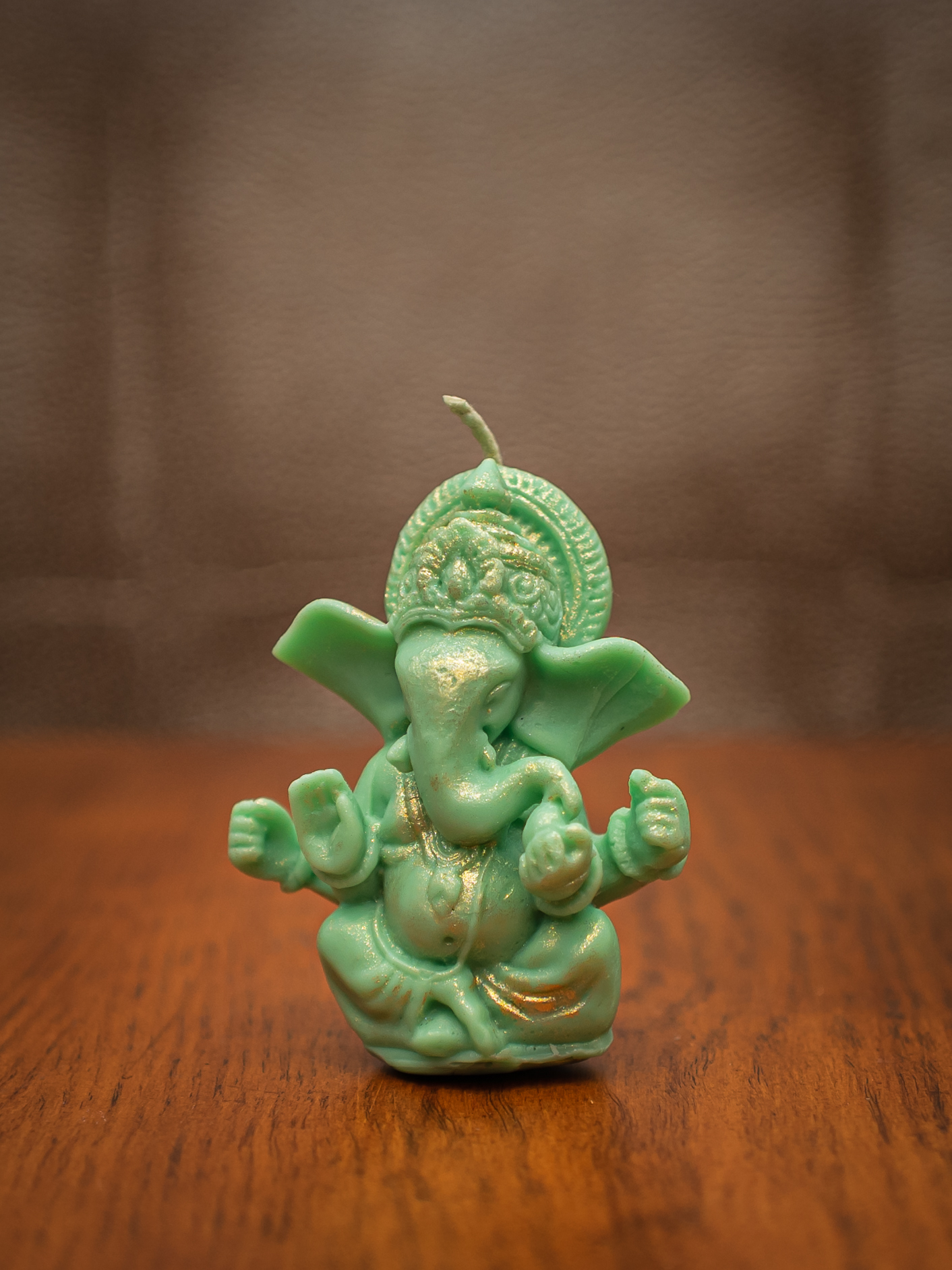In the latest post that I wrote, I told you all about my short stint as a co-host on a podcast that was, and still is, all about invisible disabilities. I, specifically, talked about my own experiences living with cerebral palsy and epilepsy. Cerebral palsy is a visible disability, yes. I completely understand that. And you’re probably wondering why I talked about it in the first place since it’s a visible disability in the first place when the podcast was about invisible disabilities. So let me explain…
In my eyes and in my own personal case, cerebral palsy has always been an invisible disability. You wouldn’t understand I have cerebral palsy just by looking at me at first glance; at least most people don’t notice it at first glance. My cerebral palsy is very mild where my right leg and right arm are affected, and I’ve learned Therefore, if i did anything slower than an average person, or there were certain things I physically wasn’t able to do because of my disability. I didn’t feel that people truly understood me or where I came from. I very much preferred it that way because when and if people around me did notice something ‘was wrong with me’, a lot of them would try to help me too much physically because they assumed I needed help with everything, or they’d act as though I needed saving or changing. I never had any issue cutting these types of people out of my life. I needed friends, not babysitters.
I was diagnosed with epilepsy as an adult woman. Before I was ever diagnosed, my ignorance got the absolute best, or I’d say worst in me. I assumed it was so easy to live with the chronic illness, mostly because it was so easy to hide. ‘Having seizures feels like your body is shaking,’ I thought. Then I had my own hardships with epilepsy, and it was only then that I realized just how wrong I was. I realized that epilepsy was a lot more than seizures. But to the outside, it was all about the seizures; or the shaking if we’re going to go by the ignorant society’s English term. There is so much of epilepsy that people from the outside don’t see. And yet, if I have a seizure in public, they automatically realize that I have epilepsy.
So here’s where my dilemma stands: how is epilepsy an invisible disability? Epilepsy is an invisible disability until it’s not, which is when the person who has epilepsy has a seizure in public. So why is it even considered to be an invisible disability in the first place? After living with the chronic illness for so many years and learning so much about it through my own experience, as well as the experiences of my fellow epilepsy warriors through the magic of Instagram, I came up with a conclusion. The visible part of epilepsy probably covers a mere 5% of it. There is so much more that those who don’t have it don’t understand what it’s like to be living with such an illness, and what it even it takes to get through the day. I wrote a whole book about how epilepsy has affected my life. You can purchase the book, 12 YEARS A WOMAN: MY JOURNEY TO HAPPINESS, on Amazon today. I won’t give you too many spoilers to the book, but here is a summary of how epilepsy can impact one’s, life:

- Lack of Perception: Epilepsy causes damage to the brain, especially when you experiences so many seizures per a certain amount of time. Hey, I used to experience at least 50 seizures per day everyday, so I should know. Therefore, the part that affects how we perceive certain situations, especially in the moment, can be affected. For instance, if I’m fighting with a friend, he or she may turn things around and make it look like I’m in the wrong when I’m actually in the right. But because my brain doesn’t communicate with me properly, I will believe whatever that friend tells me and accept the blame.
- The Before & After Effect: This is especially true after experiencing a grand-mal seizure. A grand-mal seizure is what you see in movies, but there are actually so many different types of seizures. I read somewhere that there are practically 60(!) types of them. I’ve had numerous types of seizures since I was diagnosed with epilepsy, and that includes grand-mal seizures. Believe it or not, having the actual seizure is the easiest part of it. But there’s actually the before and after seizure effects. I, particularly, start feeling a grand-mal seizure coming about 3 days before it actually happens. I begin acting like a complete a$$hole with those around me, my body starts acting up, my brain and body feel like it’s about to be electrocuted, I start screaming at most random times, amongst other things. When the seizure FINALLY happens, it’s a sigh of relief. I actually feel better after it. But then , there are the after-seizure-effects.
- Extreme Tiredness: The effect a grand-mal seizure has on one’s body is extreme. It takes approximately a full month to feel like you’ve fully recovered from this type of seizure. Following this type of seizure, you experience a massive headache and all you really want to do, or can do, throughout the day is sleep, which means you can’t really do much around the house or even work.
- Lack of Normalcy: If you really want to turn your life around and get better, a change of lifestyle is crucial. Just simply taking your anti-seizure medication will NOT be enough. With that said, a change of lifestyle comes with its own hardships. It’s not that you change one thing or two about your life; but rather, you change EVERYTHING about your life. It all depends on the triggers, of course, which are different for everyone. Some triggers may include lack of sleep, alcohol and smoking consumption, flashing lights, elevation, travel, too much sun, and even the negative energy brought to you by those you surround yourself with. Learning your own specific seizure can take months, if not years. It can be a hard and dwelling process emotionally and mentally. In the process, you will feel like you lose your sense of identity and you lose touch with your own self. This can cause mental health struggles in the future.
- Loss of Independence: This is a big one, particularly for me. Because I have cerebral palsy, having a sense of independence was always of importance to me. That included being able to drive. To me, it was like freedom. When I was first diagnosed with epilepsy and was told I wouldn’t be able to drive for a year, that was if I was seizure free for a year, I felt as though I was imprisoned; like everything I worked so damn hard for went to complete waste. I haven’t driven since I was first diagnosed with epilepsy, and it’s heartbreaking to me still to this very day. The people around me are, of course, very understanding, and try to help me get around whenever they can; and there is public transportation to get around the city. Still, it’s not the same. It’s not like I can leave the house whenever I please.
Epilepsy is something that is so misunderstood. Even us, those that are actually living with the illness, don’t understand much about it. We learn as we grow. We grow through our own hardships. It’s not to say that me having epilepsy makes me miserable. On the contrary, I realized that I’m actually the strongest, happiest and the healthiest that I’ve ever been. Epilepsy doesn’t stop me from living a normal life. My normal life just looks a little different than it did a few years ago.
Sign up to our newsletter if you want to see more content from The Graceful Boon! By signing up to our newsletter, you'll get an even more in-depth content from yours truly, Stacie Kiselman, who's our Graceful Boon, that you won't want to miss out on.

















